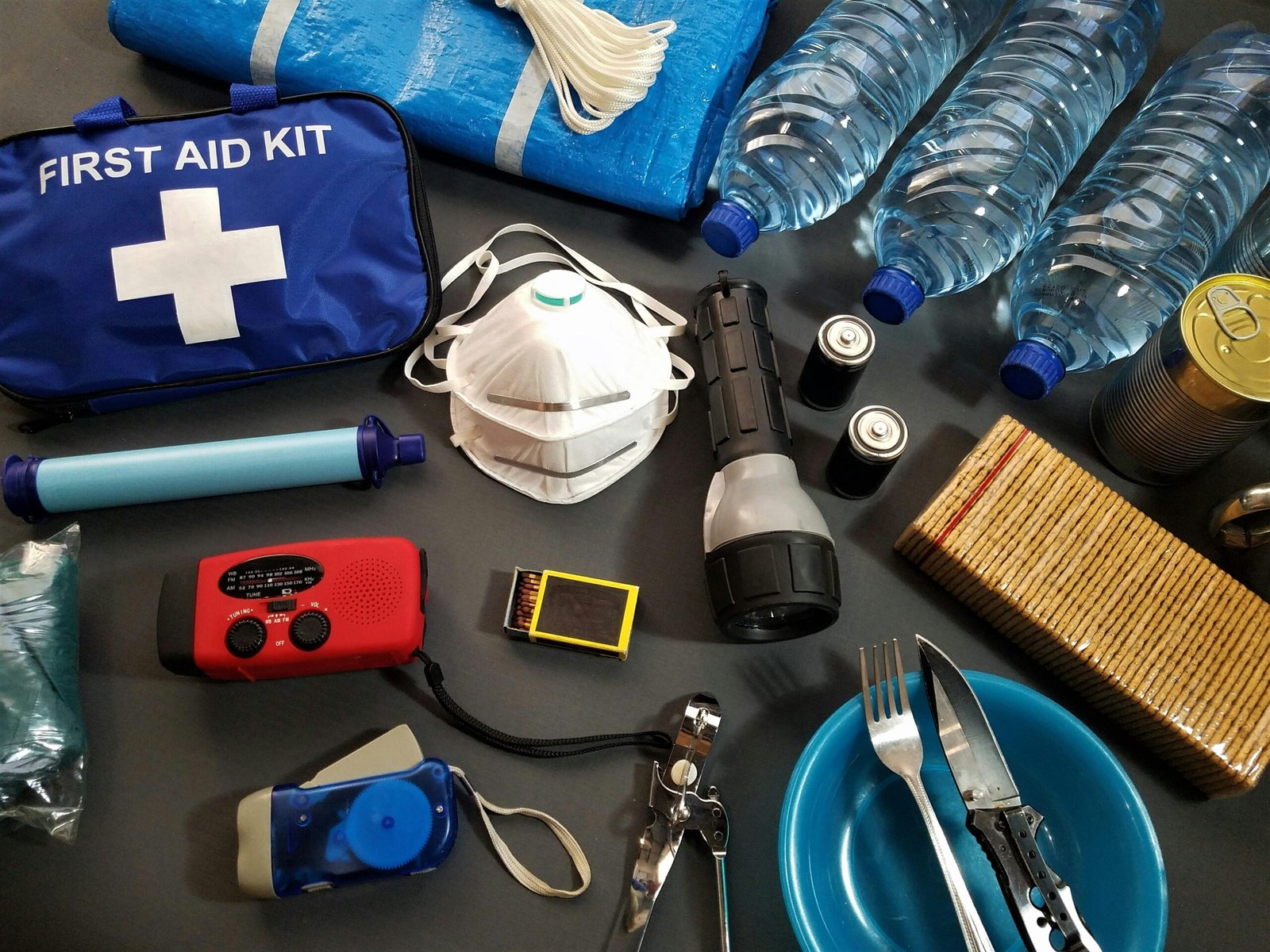Disaster Preparedness for Pets: A Life-Saving Guide Every Pet Owner Needs
Estimated reading time: 8 minutes

Key Takeaways
- Over 500,000 pets are affected by emergencies each year due to lack of preparation
- A pet emergency preparedness kit is essential for survival during disasters
- Having an evacuation plan for pets can mean the difference between life and death
- Proper identification increases chances of finding lost pets after disaster
- Regular drills and updates to your plan ensure readiness when disaster strikes
Table of Contents
- Introduction: Why Disaster Preparedness for Pets Matters
- Building a Pet Emergency Preparedness Kit
- Creating an Evacuation Plan for Pets
- How to Find Lost Pets After a Disaster
- Additional Tips for Pet Disaster Preparedness
- Conclusion: Act Now—Before It’s Too Late
- Frequently Asked Questions
Introduction: Why Disaster Preparedness for Pets Matters
Disasters strike without warning. Wildfires, hurricanes, floods, and even power outages can put your pets in danger. Shockingly, over 500,000 pets are affected by emergencies each year—many because their owners weren’t prepared.
Disaster preparedness isn’t optional—it’s a responsibility. A solid plan includes:
- A pet emergency preparedness kit (supplies to survive)
- An evacuation plan for pets (safe escape routes)
- Strategies to find lost pets after disaster (reuniting faster)
According to Ready.gov, 60% of pet owners don’t have a disaster plan. Don’t wait—let’s protect your furry family today.
Building a Pet Emergency Preparedness Kit
Essential Items for Your Pet’s Survival Kit
A pet emergency preparedness kit is your first line of defense. Here’s what to pack:
Food & Water
- 3+ days’ supply per pet (sealable containers)
- Shelf-stable options: Canned food, dry kibble in airtight bags
- Bowls: Collapsible or disposable
Medications & Records
- Labeled prescriptions (1-week extra supply)
- Vet records: Vaccination history, allergies (CDC)
Safety Gear
- Leash/harness (even for cats)
- Sturdy carrier (acclimate pets beforehand—City of Mesquite)
Comfort Items
- Toys/blankets: Reduces stress (Red Cross)
- Calming sprays: For anxious pets
Sanitation & ID
- Litter/waste bags
- Photos + microchip numbers: Critical for reuniting (Ready.gov)

Special Considerations by Pet Type
- Dogs/Cats: Carrier must fit standing/turning
- Birds: Secure travel cage + cuttlebone
- Reptiles: Heat packs + escape-proof container
- Fish: Battery-powered aerator
Pro Tip: Store kits near exits and check expiry dates monthly. For more pet-proofing tips, explore our guide on securing your home for pets.
Creating an Evacuation Plan for Pets
Step-by-Step Evacuation Strategy for Pets
Train for Emergencies
- Carrier training: Practice short trips (CDC)
- Drills: Time loading pets into cars
Find Pet-Friendly Shelters
- Not all shelters accept pets—research local options (Red Cross)
- Backup locations: Hotels, friends’ homes
Emergency Contacts
- Template list:
- Vet’s phone number
- Nearest 24-hour animal hospital
- Trusted neighbor (if you’re away)
Keyword Tip: Update microchips yearly—20% of lost pets aren’t reunited due to outdated info (Ready.gov). For microchip details, see our pet health emergencies guide.
How to Find Lost Pets After a Disaster
Post-Disaster Pet Recovery Tactics
Search Smart
- Start at home: Check closets, under beds
- Expand to 5 miles: Pets hide in fear
Use ID Tools
- Microchips: Call the registry company
- Social media: Post on Facebook Lost & Found Pets
Avoid Hazards
- Contaminated water: Keep pets leashed (CDC)

For more on pet behavior during stress, read our guide to understanding pet communication.
Additional Tips for Pet Disaster Preparedness
Proactive Measures for Long-Term Safety
- Monthly drills: Test alarms/carriers
- Digital backups: Cloud-stored vet records
- Local alerts: Sign up for FEMA updates (Ready.gov)
For seasonal risks (e.g., wildfires, blizzards), adapt your plan using our year-round seasonal pet care tips.
Conclusion: Act Now—Before It’s Too Late
Disaster preparedness saves lives. Build your kit today, practice evacuations, and protect your pets like family.
Need a checklist? Download ours here and start now!
Frequently Asked Questions
- How often should I update my pet’s emergency kit?
- How do I find pet-friendly shelters in my area?
- Is microchipping really necessary if my pet wears a collar?
- How do I prepare if I have multiple pets?
How often should I update my pet’s emergency kit?
Check your kit monthly for expired food/medications and update it whenever your pet’s needs change (new medications, dietary requirements). Rotate food and water supplies every 3-6 months.
How do I find pet-friendly shelters in my area?
Contact your local emergency management office or animal shelter for information. You can also check resources like Red Cross for guidance. Always have backup options like pet-friendly hotels or friends’ homes.
Is microchipping really necessary if my pet wears a collar?
Yes! Collars can break or fall off during disasters. Microchips provide permanent identification. According to Ready.gov, microchipped pets are twice as likely to be reunited with owners after disasters.
How do I prepare if I have multiple pets?
Create separate kits for each pet with their specific needs. Practice evacuating with all pets simultaneously. Label carriers clearly with pet information. Consider getting help from neighbors in case you need to transport multiple animals quickly.